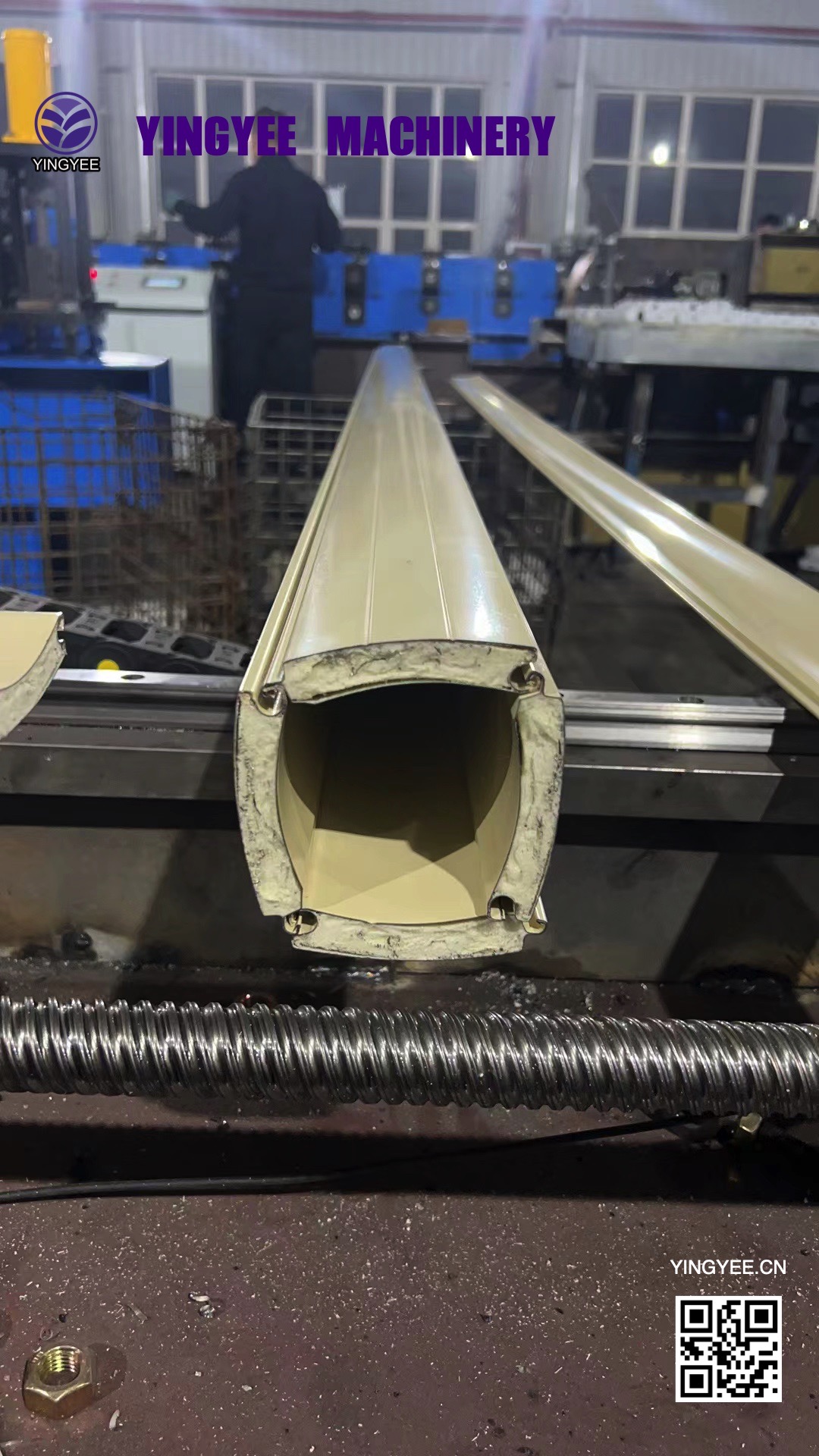
The Importance of Galvanized Corrugated Steel Sheets and the Machinery Behind Their Production
Galvanized corrugated steel sheets are widely recognized for their durability, strength, and versatility, making them an essential component in various construction and industrial applications. The galvanization process involves coating steel sheets with zinc to provide protection against rust and corrosion, significantly enhancing their lifespan. This article delves into the significance of galvanized corrugated steel sheets and the machinery used in their production.
What Are Galvanized Corrugated Steel Sheets?
Galvanized corrugated steel sheets are thin, flat pieces of steel that have been shaped into a wave-like or ridged pattern. This design not only enhances their structural integrity but also allows for effective water drainage, making them ideal for roofing and siding applications. These sheets are commonly used in residential buildings, commercial structures, warehouses, roofing, and fencing. The protective zinc coating serves as a barrier against environmental elements, preventing oxidation and extending the longevity of the steel.
Advantages of Galvanized Steel Sheets
The use of galvanized steel sheets offers numerous benefits. First and foremost, their resistance to corrosion means that they can withstand harsh weather conditions, including heavy rain, snow, and UV exposure. This quality reduces maintenance costs over time, as fewer repairs or replacements are necessary. Additionally, the lightweight nature of corrugated steel makes it easier to transport and install compared to traditional building materials.
Galvanized steel sheets are also energy-efficient. The reflective surface helps in thermal efficiency, keeping buildings cooler in summer and warmer in winter. This characteristic not only enhances the comfort of occupants but also contributes to reduced energy consumption in climate control.
Machinery Used in the Production Process

The production of galvanized corrugated steel sheets involves several key stages, each requiring specialized machinery to ensure high-quality output. The primary steps include raw material preparation, galvanization, and sheet forming.
1. Steel Processing The process starts with high-quality steel coils, which are cut and shaped into sheets. Modern steel processing machines, such as slitting machines and cut-to-length machines, play a vital role in achieving the desired dimensions for the sheets.
2. Galvanization After the sheets are cut, they undergo the galvanization process. This typically involves immersing the steel sheets in a molten zinc bath. The machinery used in this step includes galvanizing tanks, which are carefully controlled to ensure even coating and adherence of zinc to the steel. Advanced techniques like hot-dip galvanization ensure that the sheets receive a thick and effective coating.
3. Corrugation Once galvanized, the steel sheets are passed through a corrugating machine, which gives them their signature wave-like shape. This machine utilizes rollers and dies to create the corrugated pattern while maintaining the integrity of the zinc coating. Quality control measures are implemented to ensure consistency in profile and thickness.
4. Finishing After corrugation, the sheets are often treated with additional finishes for aesthetic and protective purposes. This may include paint coating or passivation treatments to enhance corrosion resistance further.
Conclusion
Galvanized corrugated steel sheets represent a significant advancement in building and construction materials, offering durability, cost-effectiveness, and sustainability. The machinery involved in their production not only enhances efficiency but also ensures that the final product meets the highest quality standards. As the demand for reliable and environmentally friendly building materials continues to grow, galvanized corrugated steel sheets will likely play an even more prominent role in future construction projects. Investing in high-quality machinery for their production is essential for manufacturers aiming to meet this increasing demand and maintain competitiveness in the market.